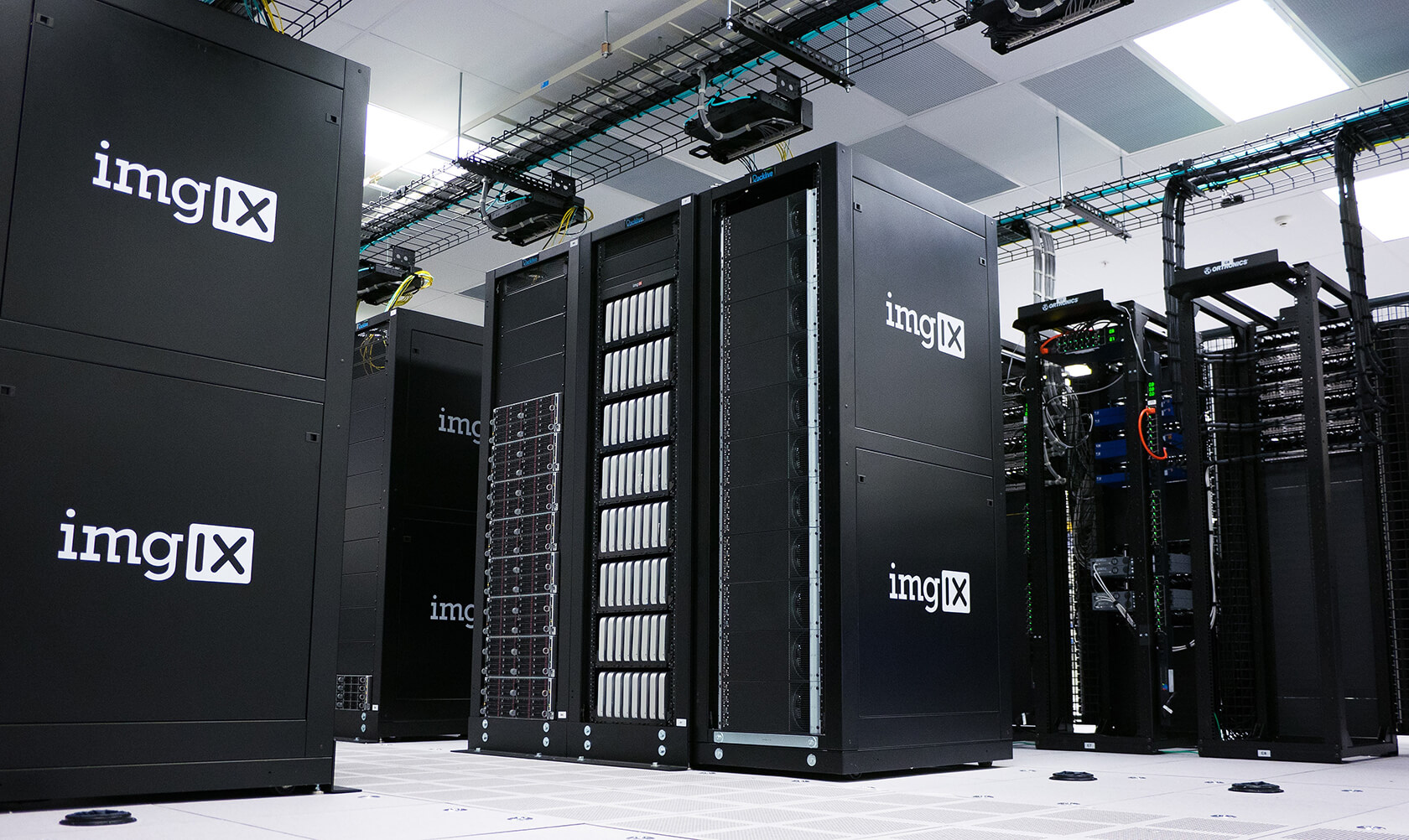In today’s hyperconnected world, network security is no longer just an IT concern—it’s a business imperative. As cyber threats grow in complexity, traditional security models are struggling to keep pace. The digital age demands a new approach—one that is adaptive, intelligent, and resilient.

The Shift from Reactive to Proactive Security
Cybersecurity used to be about reacting to threats. Firewalls, antivirus software, and intrusion detection systems worked to block known attacks. But in an era of sophisticated cyber threats like zero-day exploits and AI-driven attacks, organizations must move beyond a reactive stance.
Modern network security is built on proactive defense—leveraging AI and machine learning to predict and neutralize threats before they escalate. Real-time threat intelligence and behavioral analytics allow security systems to learn and adapt, identifying anomalies and stopping cybercriminals in their tracks.
The Rise of Zero Trust Architecture
One of the biggest shifts in cybersecurity is the Zero Trust model—a framework that assumes no entity, inside or outside the network, is automatically trustworthy. Under this model, users and devices must continuously verify their identities before accessing sensitive data.
Key components of Zero Trust:
- Multi-factor authentication (MFA)
- Least privilege access
- Continuous monitoring and threat detection
This approach drastically reduces the risk of breaches by ensuring every interaction is authenticated and scrutinized.
Cloud Security & AI-Driven Defense
With businesses migrating to cloud environments, securing data across hybrid and multi-cloud infrastructures has become essential. Cloud-native security tools offer dynamic, scalable protection, integrating AI-driven threat detection to identify abnormal behaviors in real time.
AI-powered security solutions can analyze massive datasets to detect patterns humans might miss, providing automated responses to stop cyber threats before they cause damage.
Final Thoughts
Network security is undergoing a fundamental transformation, shifting from outdated, perimeter-based models to dynamic, intelligent defense mechanisms. Businesses must embrace technologies like Zero Trust, AI-driven threat detection, and cloud security solutions to stay ahead of cybercriminals.
By adopting proactive security strategies, organizations can safeguard their data, protect user trust, and navigate the complexities of the digital age with confidence.
Via: Office Digital AI agent



